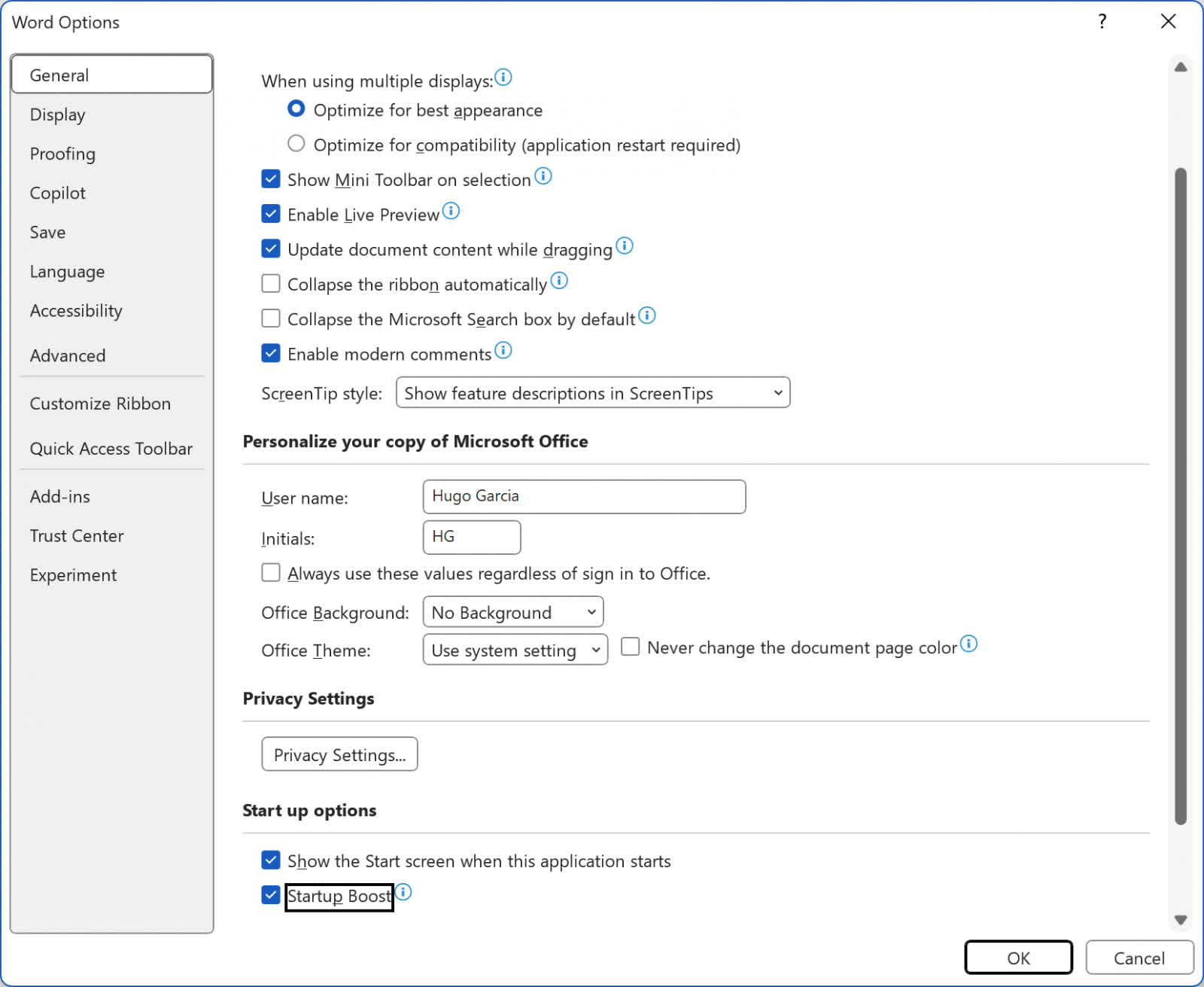
Trump claims offshore wind energy is driving whales loco. Scientists disagree
www.independent.co.uk
The Independent's journalism is supported by our readers. When you purchase through links on our site, we may earn commission.NewsScienceTrump claims offshore wind energy is driving whales loco. Scientists disagreePresident Donald Trump has repeatedly attacked wind energy over alleged impacts to whales. But, NOAA says theres no tie between offshore wind and strandingsJulia Mustoin New YorkThursday 27 March 2025 16:56 GMTWhales sing after a good meal: StudySign up for our free Health Check email to receive exclusive analysis on the week in healthGet our free Health Check emailGet our free Health Check emailI would like to be emailed about offers, events and updates from The Independent. Read ourprivacy policyPresident Donald Trump is once again peddling a largely unfounded claim that wind energy is driving whales crazy.You know, in one area, they lost two whales, like, in 20 years washed ashore, he told reporters at the White House on Wednesday, and this year they had 17 wash ashore. So, theres something [that] happened out there, Trump alleged. Theres something driving the whales a little bit loco. Its a claim hes repeated for months. He told the same story about whale strandings in Massachusetts with different numbers in February. The wind mills are driving the whales crazy, obviously, he posited. He said the same thing in January, ahead of his inauguration, and brought the issue up during the last days of his campaign. Then, he discussed similar impacts in New Jersey. Now, theyre coming up every week. Theyre being destroyed because of the sound and the vibration, he alleged. Its so bad.But, scientists at the National Oceanic and Atmospheric Administration say there is no scientific evidence that noise resulting from offshore wind site surveys could potentially cause whale deaths and that there are no known links between large whale deaths and ongoing offshore wind activities.President Donald Trump has repeatedly tied whale strandings to offshore wind development. Scientists say theres no evidence linking the two (Getty Images)Some advocate groups agree with Trumps stance, saying that associations between strandings and wind development should not be ruled out. Experts are still working to understand why strandings which happen around the world, and in remote areas have become more frequent, suggesting that many follow distress calls and that underwater noise pollution can be an issue, as it is for many sea creatures.But not the ones who work for the federal government. While offshore wind surveys conducted before development produce noises that may disturb marine mammals, the sounds are very different from the blasting seismic airguns used in oil and gas surveys, with lower noise and a higher frequency. Any exposure to the sounds would be at significantly lower levels and shorter duration, which is associated with less severe impacts to marine mammals, NOAA said.Even though other scientists do not dismiss effects wind development could have, they stress there has not been a link to strandings around Massachusetts or elsewhere. Massachusetts is a destination for endangered North Atlantic right whales. Scientists say strandings have occurred along the coast event within wind construction and surveys (AFP via Getty Images)Massachusetts charity Whale and Dolphin Conservation spokesperson Caroline Mowdy told the Cape Cod Times that no seismic surveys or wind construction have occurred within the group's 200-mile stranding response area, "yet we are seeing a dramatic increase in large whale strandings."Periodically we read in the news that a whale or some other large animal ends up on the shore, and a lot of times the blame immediately goes to wind turbines. People feel the problem must come from turbine construction noise. Yet when the whales drift ashore, no construction is taking place, James Miller, University of Rhode Island professor of ocean engineering and department chair, said in 2023.The National Marine Fisheries Service said in September that the Vineyard Wind wind farm off the coast of Nantucket is not likely to jeopardize the continued existence of endangered whales, including the North Atlantic right whale. Although, other activity still poses an adverse effect, according to the Boston Herald."My understanding is that whales can be negatively affected (but not killed) by the noise of the pile driving used to install some kinds of wind farm, but operational wind farms have little or no effect," Hal Whitehead, a professor of biology at Dalhousie University, told Phys.org."There is no evidence linking whale deaths to offshore wind farms or 'windmills,'" Lindy Weilgart, an ocean noise expert and policy consultant at the nonprofit OceanCare, told the site. "Europe has way more offshore wind farms and has encountered nothing of the sort."The largest human threats to whales are boat strikes and entanglement in fishing gear. However, man-made climate change is a concern that threatens the gentle giants and their food chain, with warming waters shifting prey distribution and bringing the whales closer to shore. The largest human threats to whales remain boat strikes and entanglement in fishing gear. But, climate change is also an increasing concern (AFP via Getty Images)As someone who studied large whales for my multi-decade career and who also, as a person, just really cares deeply about them the focus for protecting whales really has to be on reducing entanglements and vessel strikes, Jessica Redfern, the associate vice president of ocean conservation science at the New England Aquarium, told Boston.com.We need to minimize the effects of climate change as fast as we can. And offshore wind is one of our tools as long as it is responsibly developed, she said. Join our commenting forumJoin thought-provoking conversations, follow other Independent readers and see their repliesMost PopularPopular videosSponsored Features
0 Commentaires
·0 Parts
·42 Vue











